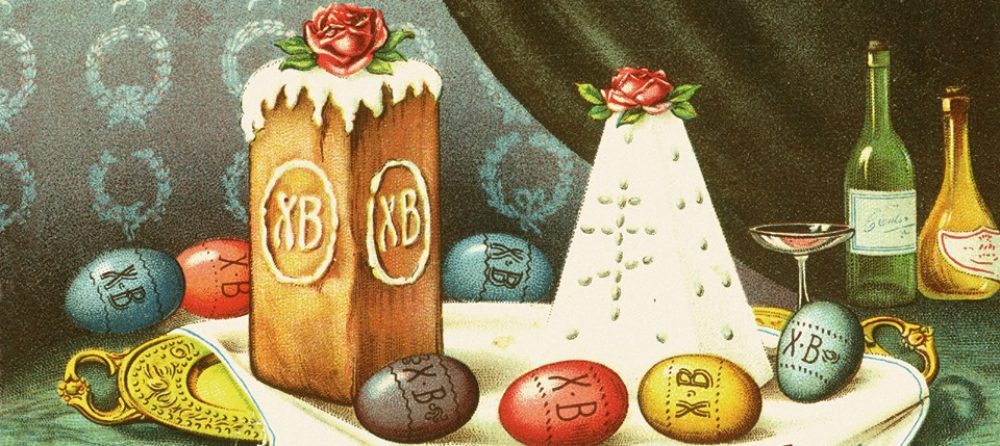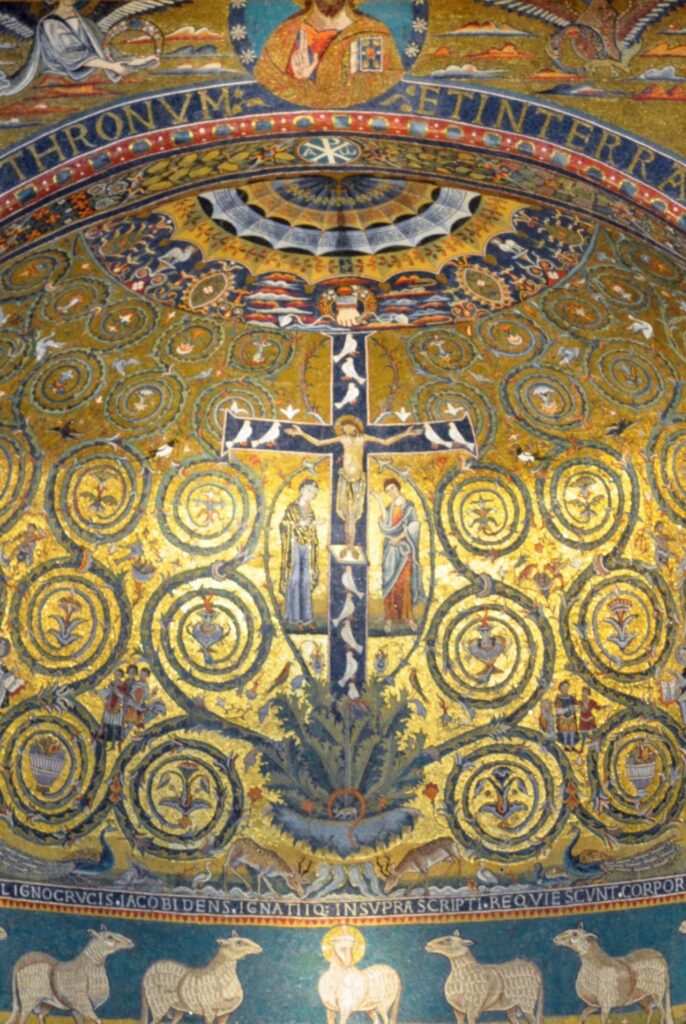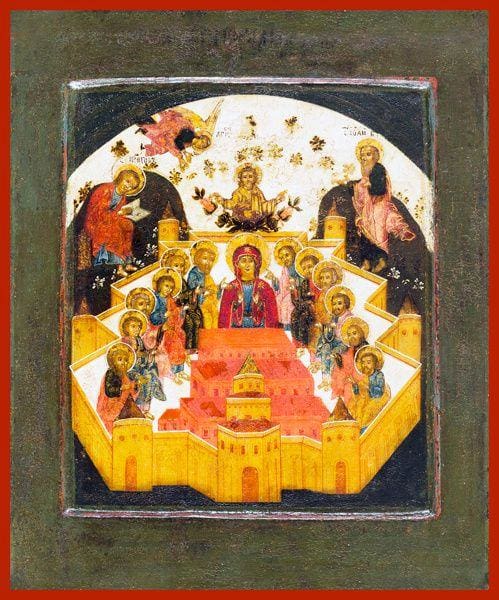

An icon of the 17th century depicts James as a young boy travelling to Egypt with his father Joseph and his stepbrother Jesus together with the Blessed Virgin, Jesus’ mother. The icon of James as an adult shows him vested as the 1st bishop of Jerusalem. The scroll he holds reads, “O Lord, who blesses those who bless thee….” which is one of the last prayers of the Divine Liturgy of the Orthodox Church.
James, a servant of God and of the Lord Jesus Christ, To the twelve tribes in the Dispersion: Greeting! Count it all joy, my brethren, when you meet various trials, for you know that the testing of your faith produces steadfastness. And let steadfastness have its full effect, that you may be perfect and complete, lacking in nothing. (James 1:1-4)
The epistle of James is probably the first of the New Testament texts to be written. If 1 & 2 Thessalonians were the first epistles written by the Apostle Paul (AD 51-52), the epistle of James (written AD 45) predates the Apostle Paul by 5+ years. Traditionally attributed to “James the Just,” the son of Joseph by his first wife and the stepbrother of Jesus, the epistle that bears his name is more an extended sermon-homily than it is a letter. (This makes it similar to the Epistle to the Hebrews, which is also an extended sermon-commentary rather than a letter per se.)
James, the “brother of the Lord” as he is commonly referred to because they were stepbrothers, was not a believer (John 7:3-5) until after the resurrection (Acts 1:14; 1 Corinthians 15:7; Galatians 1:19). (He was the youngest of Joseph’s children and was a pre-teen when Joseph wed the Virgin Mary. Because James was still living at home with his father and the Virgin, he went down to Egypt with the Holy Family when they fled from Herod after the visit of the Magi described in Matthew 2.) He became the head of the Jerusalem church and is mentioned first as a pillar of the church (Galatians 2:9). He presided at the first council of the Church, held at Jerusalem in AD 50. James was martyred in approximately AD 62, according to the historian Josephus. (Apart from a handful of references in the synoptic Gospels, the main sources for the life of James the Just are the Pauline epistles, the Acts of theApostles, Josephus, Eusebius and Jerome, who also quote the early Christian chronicler Hegesippus and Epiphanius.)
Some think that this epistle was written in response to an overzealous interpretation of Paul’s teaching regarding faith. This extreme view, called “antinomianism,” held that anyone who has faith in Christ is completely free from all rules, whether religious law or secular law, and all the usual moral rules of a society.
As the earliest written description of Christian beliefs and practices, the epistle of James deserves more attention than it generally receives. It shows us not only what the early Church taught but continues to illuminate our path today.


